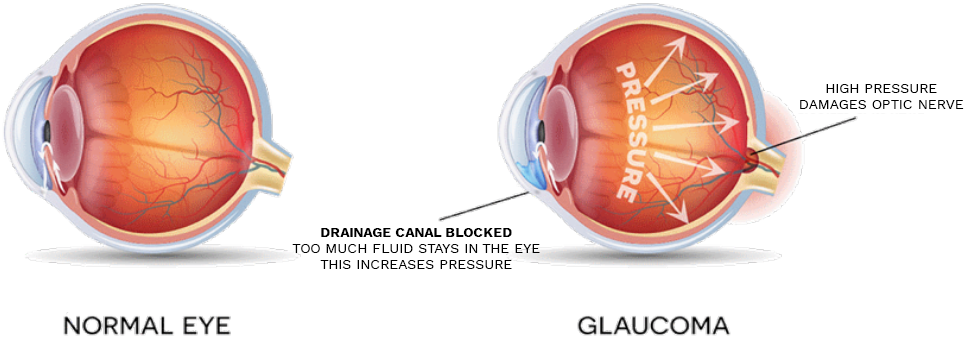From the Metro Station:
We are located close to the North Bethesda Metro Station. Exit the station, and Rockville Pike is to your right. Walk south for 1.5 blocks. Turn right on Security Lane. Our entrance is off Security Lane.
Driving Directions From Gaithersburg:
From Gaithersburg, travel south on I-270. Take Exit 1 on MD-187 N/Old Georgetown Road. Follow Edison Lane to Security Lane. We are located off of Security Lane.
Driving Directions From Silver Spring:
If you’re coming from Silver Spring, take I-495W to Exit 34. Follow MD-355N/Rockville Pike to Security Lane. We are located off of Security Lane.
PRINT DRIVING DIRECTIONS



![9947 Website Background match -Dr Medina - 2nd edit[65] Dr. Medina Headshot](https://www.voeyedr.com/wp-content/uploads/2023/11/9947-Website-Background-match-Dr-Medina-2nd-edit65.png)







